
Pineville is a city in Rapides Parish, Louisiana, United States. It is located across the Red River from the larger Alexandria, and is part of the Alexandria Metropolitan Statistical Area. The population was 14,555 at the 2010 census. It had been 13,829 in 2000; population hence grew by 5 percent over the preceding decade.

Louisiana State University is an American public land-grant research university in Baton Rouge, Louisiana. The university was founded in 1860 near Pineville, Louisiana, under the name Louisiana State Seminary of Learning & Military Academy. The current LSU main campus was dedicated in 1926, consists of more than 250 buildings constructed in the style of Italian Renaissance architect Andrea Palladio, and the main campus historic district occupies a 650-acre (260 ha) plateau on the banks of the Mississippi River.

The Michigan Military Academy, also known as M.M.A., was an all-boys military prep school in Orchard Lake Village, Oakland County, Michigan. It was founded in 1877 by J. Sumner Rogers and closed in 1908 due to bankruptcy. Some journalists have referred to the school as the Second West Point. The property was listed on the National Register of Historic Places in 1982 as the Orchard Lake Schools Historic District.
The Louisiana School for the Deaf is a state school for deaf and hard-of-hearing students in Louisiana, located in Baton Rouge, the state capital. It was established in 1852 as a joint school for blind students. In 1860, its first purpose-built facility was completed and admired as an elegant monument to philanthropy. The schools were divided in 1898, and in 1908, Louisiana School for the Deaf was renamed.
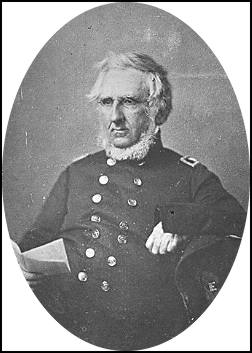
Richard Delafield was a United States Army officer for 52 years. He served as superintendent of the United States Military Academy for a total of 12 years. At the start of the American Civil War, then Colonel Delafield helped equip and send volunteers from New York to the Union Army. He also was in command of defenses around New York Harbor from 1861 to April 1864. On April 22, 1864, he was promoted to brigadier general in the Regular Army of the United States and Chief of Engineers. On March 8, 1866, President Andrew Johnson nominated Delafield for appointment to the grade of brevet major general in the Regular Army, to rank from March 13, 1865, and the United States Senate confirmed the appointment on May 4, 1866, reconfirmed due to a technicality on July 14, 1866. He retired from the US Army on August 8, 1866. He later served on two commissions relating to improvements to Boston Harbor and to lighthouses. He also served as a regent of the Smithsonian Institution.
Wentworth Military Academy and College was a private two-year military college and high school in Lexington, Missouri, one of six military junior colleges in the United States. The institution was founded in 1880 and closed in 2017.

Thomas Overton Moore was an attorney and politician who was the 16th Governor of Louisiana from 1860 until 1864 during the American Civil War. Anticipating that Louisiana's Ordinance of Secession would be passed in January 1861, he ordered the state militia to seize all U.S. military posts.
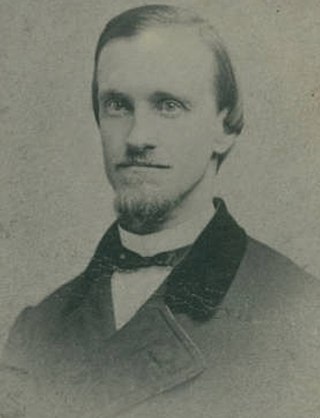
David French Boyd was an American teacher and educational administrator. He served as the first head of Louisiana State University (LSU), where he was a professor of mathematics and moral philosophy. He was also briefly the president of the Agricultural and Mechanical College of Alabama.

Charles Francis Buck was a U.S. Representative from Louisiana.
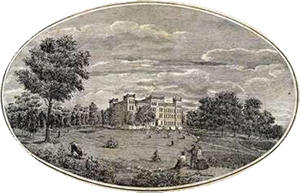
Louisiana State Seminary of Learning & Military Academy was the former name of the current university now known as Louisiana State University (LSU).

The following outline is provided as an overview of and topical guide to the U.S. state of Colorado:

The following outline is provided as an overview of and topical guide to the U.S. state of Kansas:
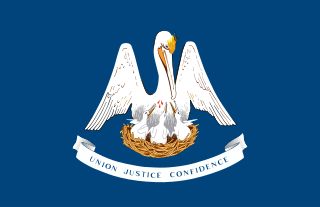
The following outline is provided as an overview of and topical guide to the U.S. state of Louisiana:

The following outline is provided as an overview of and topical guide to the U.S. state of Missouri:
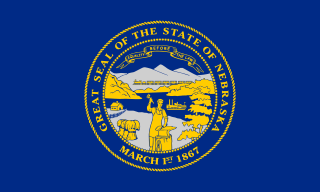
The following outline is provided as an overview of and topical guide to the U.S. state of Nebraska:

The following outline is provided as an overview of and topical guide to the U.S. state of Wyoming:

George Mason Graham, known as Mason Graham, was a Virginia-born lawyer, planter and educator. Sometimes called the “Father of LSU,” Graham became the first chairman of the board of trustees of the Louisiana State Seminary of Learning, the forerunner of Louisiana State University.

Louisiana State University is the flagship university of the state of Louisiana, United States. This article describes the traditions of the university.
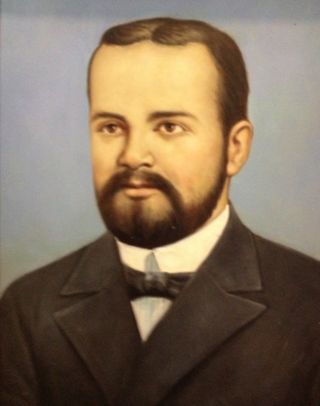
Arthur Taylor Prescott Sr. was a political scientist and educator who was the founding president of Louisiana Tech University in Ruston, Louisiana. Most of his educational administrative career, however, was spent at his alma mater, Louisiana State University in Baton Rouge.



















